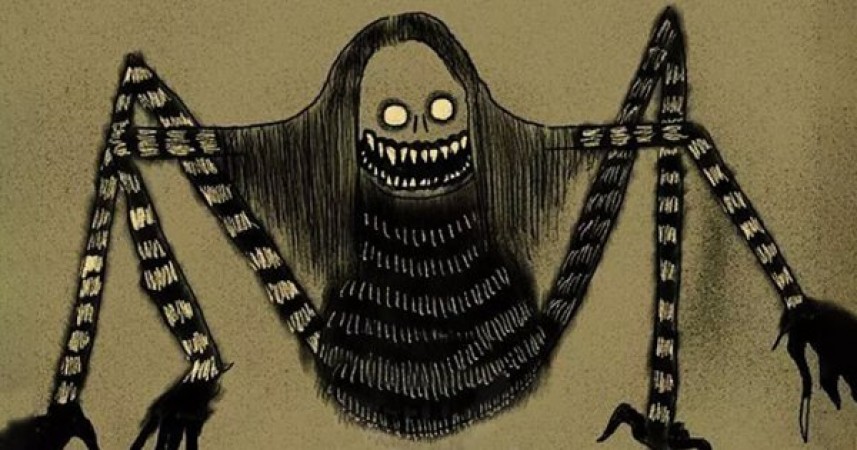
The 90s were nearly over, and the country was experiencing rapid modernization. Amid these changes, the nature of fear was evolving too. People in villages, who once feared dacoits, robbers, and ghosts, now found themselves gripped by the terror of rumors like the "Muhnnochwa" and "Lakadsunghwa."
The Rise of Muhnnochwa
In the scorching hot nights of June, people had stopped sleeping on their roofs. Children were strictly prohibited from going outside during the day. Every day, there were reports that the "Muhnnochwa" had attacked someone in a certain village, or that "Lakadsunghwa" had abducted a child in the afternoon.
When Muhnnochwa Arrived
It was the year 2002. In the villages of Uttar Pradesh and Bihar, people would lock themselves inside their homes as evening approached. There was a fear that if anyone went out alone at night, the "Muhnnochwa" would attack. Newspapers regularly featured stories about these incidents, but no one could provide a clear answer to the question: who or what was this nocturnal predator?
Speculation ran wild. Was it a human, a machine, or an alien? People shared their own interpretations, but most agreed that it was a flying object emitting red, yellow, and green lights, which attacked faces in the dark.
Entire villages spent their nights in terror. Some villages even formed night patrol teams to search for the "Muhnnochwa." If an unknown person was found in the village, they were thoroughly searched, as there was a rumor that outsiders were operating the "Muhnnochwa."
Despite the constant talk of attacks, there was never a confirmed victim who could claim they were attacked by the "Muhnnochwa." However, the terror and rumors were so pervasive that several comics were later written about it.
The Fear of Lakadsunghwa and Banning Children from Going Outside
The fear of "Lakadsunghwa" began in the 90s. In the villages of Bihar and Eastern Uttar Pradesh, this terror was so intense that children were confined to their homes by noon. They were completely forbidden from going outside alone, especially during May and June when the "Lakadsunghwa" fear was at its peak.
In UP and Bihar, it was said that "Lakadsunghwa" was a gang that used wooden sticks to hypnotize and abduct children. Some claimed that "Lakadsunghwa" rendered children unconscious and took them away. Others believed that children who smelled the wooden sticks would fall under the gang's control and follow them.
The Death Caused by Lakadsunghwa Rumors
The fear of "Lakadsunghwa" was so overwhelming that villagers viewed every outsider with suspicion. In 1991, in Obra village of Aurangabad, Bihar, villagers beat a sadhu (holy man) to death, suspecting him of being a "Lakadsunghwa." The 90s were a period marked by significant social and cultural transformations. With these changes came new forms of fear, deeply rooted in rumors and myths. The stories of "Muhnnochwa" and "Lakadsunghwa" highlight how fear can spread and influence behavior, often leading to tragic outcomes.
The day of Taurus people is going to be like this, know what your horoscope says
The ongoing problem can be solved today, know your horoscope
This is how Aries people will start their day today, know what your horoscope says